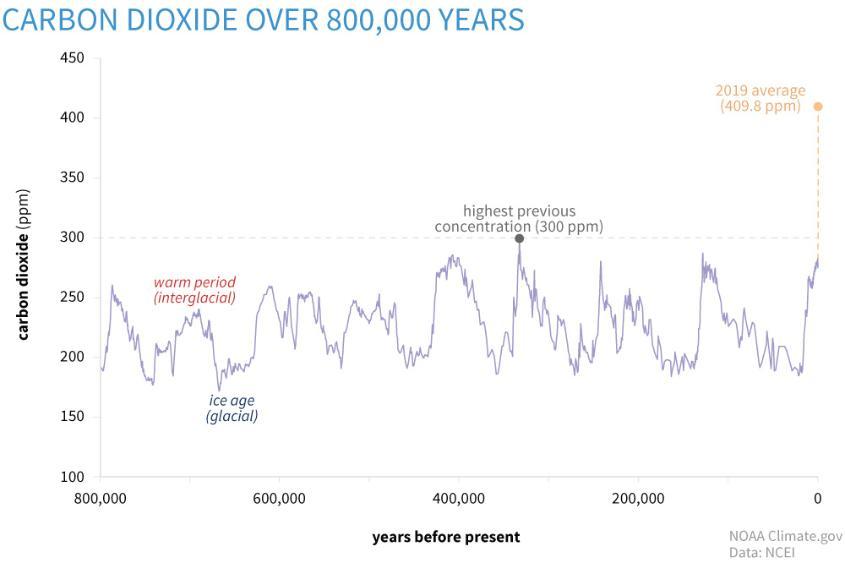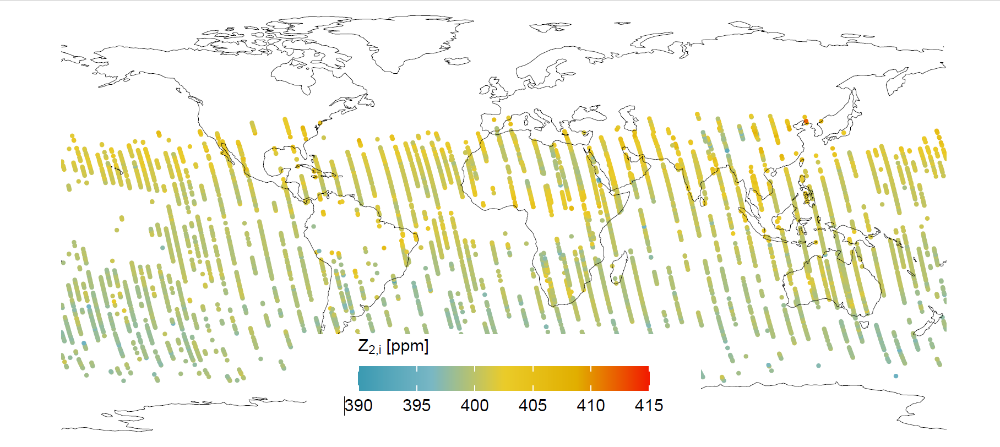Global estimation of CO2 sources and sinks (flux) at Earth’s surface is critical for mitigating atmospheric CO2. Flux estimates given in this Web-Project are obtained from atmospheric CO2 concentration data and Bayesian hierarchical statistical models that also yield uncertainties of the estimates.
Figure 2
Figure 2: Effect of CO2 emissions (left) on global CO2 concentrations (right). Animation of the estimated changes in atmospheric-column CO2 concentration (XCO2) in response to a month of CO2 emissions (flux) in North America.






 Figure 7: Annual (left column) and monthly (right column) fluxes for the globe (first row), land (second row), and ocean (third row). Summaries of flux estimates from the model intercomparison project (MIP) and the flux estimate from WOMBAT are shown, split into the prior and LG inversions. Figure from Zammit-Mangion et al. (2022).
Figure 7: Annual (left column) and monthly (right column) fluxes for the globe (first row), land (second row), and ocean (third row). Summaries of flux estimates from the model intercomparison project (MIP) and the flux estimate from WOMBAT are shown, split into the prior and LG inversions. Figure from Zammit-Mangion et al. (2022).